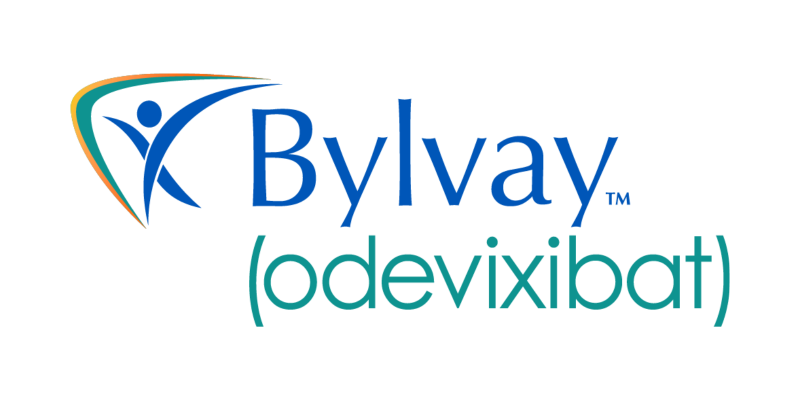Progressive familial intrahepatic cholestasis (PFIC) is a group of rare genetic disorders where the build-up of bile acids in the liver leads to progressive liver fibrosis (build-up of scar tissue), cholestasis (lack of or decreased bile flow), chronic liver disease (cirrhosis), and liver failure. Bile acids are essential to help digest fats and absorb certain vitamins (vitamin A, D, E, and K). In a healthy liver, the bile acids are made in the liver, moved into the bile ducts, and stored in the gallbladder. Once in the gallbladder, the bile acids are released into the small intestine in response to eating a meal. About 95% of bile acids will get reabsorbed through the ileal bile acid transport (IBAT) protein and sent back to the liver to be reused (a process called enterohepatic circulation). Individuals with PFIC have an interruption in this process and are unable to successfully transport bile acids out of the liver. PFIC often presents early in life and results in significant damage to the liver, issues with the absorption of essential vitamins, severe itching (pruritus), and ultimately leads to surgical intervention or liver transplant.
There are three primary types of PFIC.
PFIC Type 1
PFIC Type 1, also known as Byler disease, results when a mutation is present in the ATP8B1 gene. This causes there to be a lack of the protein F1C1, which helps to transport bile acid out of the liver and into the bile ducts.
PFIC Type 2
PFIC Type 2, also known as Byler syndrome, results when a mutation is present in the ABCB11 gene. This causes there to be a lack of the protein BSEP (bile salt export pump), which helps transport bile salts out of the liver and into the bile ducts.
PFIC Type 3
PFIC Type 3 results when a mutation is present in the ABCB4 gene. This causes there to be a lack of the protein MDR3 (multi-drug resistant 3), which aides in neutralizing bile salts to prevent them from damaging the liver. When bile salts cannot be neutralized, they become toxic and lead to extensive liver damage.
*Other subtypes of PFIC exist (types 4, 5, and 6) but are less common and less understood.

